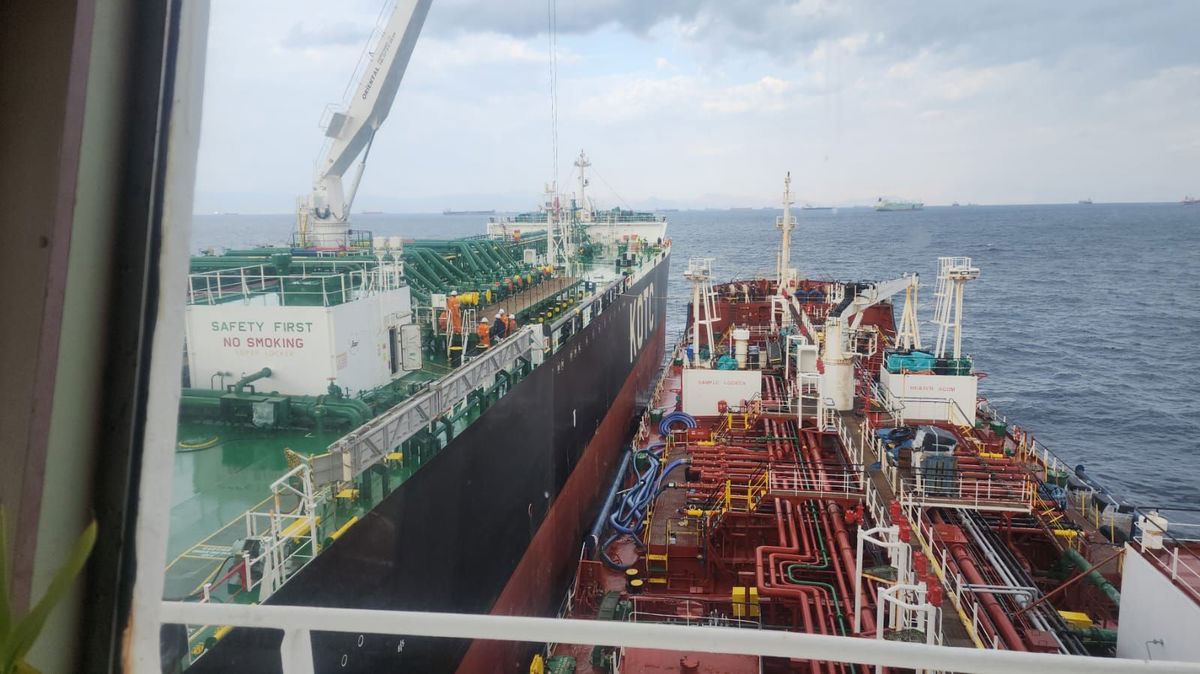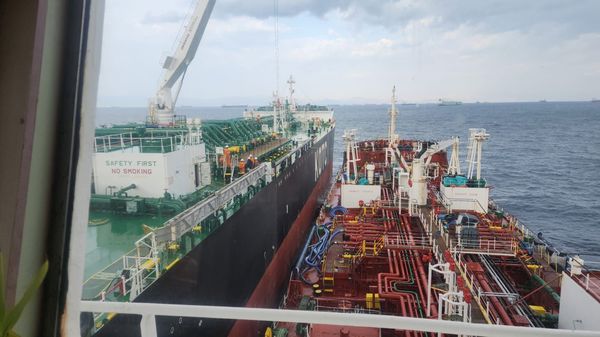Most vessels defy attacks by still sailing Red Sea route – Kpler
Most vessels are still travelling through the Red Sea despite continued Houthi attacks, Matthew Wright, lead freight analyst at Kpler tells ENGINE.
 MAP: Two different shipping routes from Singapore to Rotterdam. The shorter one runs via the Suez Canal, the longer around the Cape of Good Hope. ENGINE
MAP: Two different shipping routes from Singapore to Rotterdam. The shorter one runs via the Suez Canal, the longer around the Cape of Good Hope. ENGINE
Yemen's Houthi rebel group has been attacking ships in the southern Red Sea and the Bab al-Mandeb Strait between Yemen and Africa. It has led several shipping companies to announce that they will reroute vessels to avoid Houthi attacks in the Red Sea and Suez Canal transits.
However, Kpler analyst Wright informs ENGINE that the majority of vessels continue to transit through the Red Sea, despite increased traffic around the Cape over the past few days.
The Red Sea is a crucial shipping route and around 12% of global trade passes through this waterway. This represents 30% of container traffic on ships carrying over $1 trillion/year worth of goods, according to BIMCO.
Several of the world's biggest container shipping firms have announced route changes, including Mediterranean Shipping Company (MSC), which had a ship attacked in the Red Sea on Friday.
MSC was joined by container majors Evergreen, A.P. Moller-Maersk, Hapag-Lloyd, HMM and CMA CGM in diverting vessels.
According to Wright, some tanker companies like Euronav and Frontline, and container line Yang Ming, have also announced similar plans. Additionally, “Maersk Tankers is considering the Cape [shipping route] on some voyages,” he said.
The longer route around the Cape of Good Hope has not yet presented any bottlenecks, but it will increase travel time by around 50%, Wright added.
Aside from the longer voyage times, the reroutings will also result in higher travel costs for shipping companies. This could lead to a rise in freight rates in the near future.
By Konica Bhatt
Please get in touch with comments or additional info to news@engine.online





